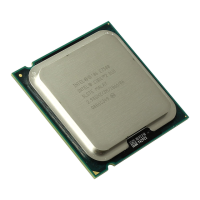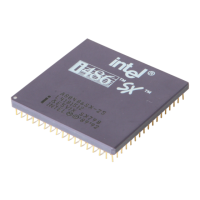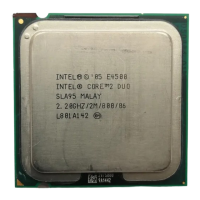Intel
®
EP80579 Integrated Processor Product Line May 2010
Order Number: 320068-005US 196
Real Time Clock (RTC) Interface—Intel
®
EP80579 Integrated Processor Product Line
15.1.4 RTC External Battery Connection
The RTC requires an external battery connection to maintain its functionality and its
RAM while EP80579 is not powered by the system.
Example batteries are: Duracell* 2032, 2025, or 2016 (or equivalent), which can give
many years of operation. Batteries are rated by storage capacity. The battery life can
be calculated by dividing the capacity by the average current required. For example, if
the battery storage capacity is 170 mAh (assumed usable) and the average current
required is 6 µA, the battery life will be at least:
170,000 µAh / 6 µA = 28,333 h = 3.2 years
The voltage of the battery can affect the RTC accuracy. In general, when the battery
voltage decays, the RTC accuracy also decreases. High accuracy may be obtained when
the RTC voltage is in the range of 3.0V to 3.3V.
The battery must be connected to EP80579 via an isolation Schottky diode circuit. The
Schottky diode circuit allows the RTC well to be powered by the battery when the
system power is not available and the system power when it is available. To do this, the
diodes are set to be reverse biased when the system power is not available. Figure 131
is an example of a diode circuit that is used.
Use a standby power supply to provide continuous power to the RTC when available,
which will significantly increase the RTC battery life and thereby the RTC accuracy.
Figure 131. A Schottky Diode Circuit to Connect RTC External Battery
VCCPSUS
VCCPRTC
1.0μF
1 kΩ
RTC_Ext_Batt_Diode
+
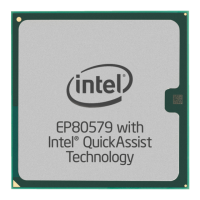
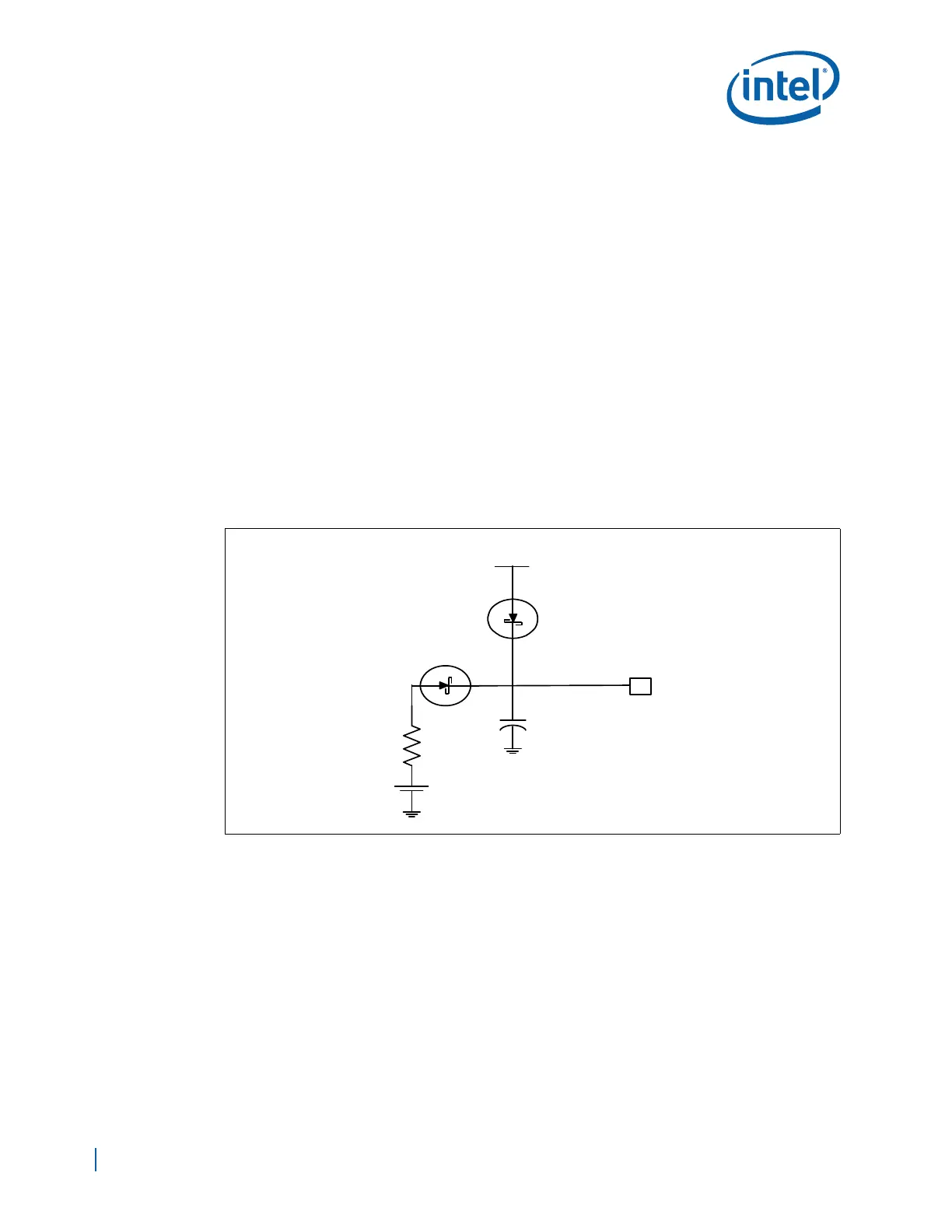